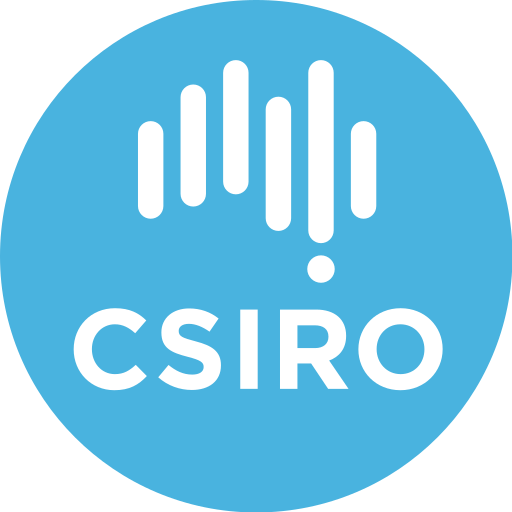Keyword
Beam Trawls
60 record(s)
Type of resources
Topics
Keywords
Contact for the resource
Provided by
Formats
Update frequencies
Status
draft
-
Megabenthos was sampled using a beam trawl at 105 sites throughout the Gulf of Carpentaria during the Southern Surveyor cruise SS 03/90. The megabenthos was identified, counted and weighed. The results were used in pattern analysis of the communities.
-
Two studies were carried out (October 1993 and March 1994) each lasting 24 hours, at one site in the Embley River, Gulf of Carpentaria. Juvenile prawn samples were collected every 2 hours by hand scoop or beam trawl in the river. Data were collected on gut fullness, moult stage, and prey type and number.
-
Seagrass aerial surveys were used to produce maps of the Groote Eylandt area. Samples of juvenile and sub-adult prawns were taken by beam trawl at Groote Eylandt, Blue Mud Bay and Sir Edward Pellew Islands under various sampling regimes between 1983 and 1989.
-
Megabenthos was sampled using a beam trawl, at 105 sites throughout the Gulf of Carpentaria during the Southern Surveyor cruise SS 03/90. The infauna was identified, counted and weighed. The results were used in pattern analysis of the communities. Data on sediment grain size were also collected.
-
Juvenile tiger prawns were collected by beam trawl in the Embley River, Gulf of Carpentaria in October 1993, March 1994 and October/November 1994. The following parameters were measured: prawn numbers, carapace length, species, seagrass, biomass, salinity, temperature and depth. Field experiments were carried out using enclosure nets.
-
Sampling was carried out in October 1993 and March 1994 to collect fish and juvenile prawns. Fish gut contents were examined. Sampling took place at two sites in the Embley River using gillnets, beach seines, rotenone, and beam trawls.
-
Sampling of juvenile prawns took place between 1981-1982. These samples were mainly taken from the Embley River and Albatross Bay region. Samples were collected using beam trawls, plankton nets and set nets. Data recorded include species and length frequency.
-
Fortnightly sampling of juvenile prawns took place over six years (1986-1992). These samples were mainly taken from the Embley River and Albatross Bay, plus one set that were taken from the Wenlock and Archer Rivers. Samples were collected using beam trawls, plankton nets and set nets. Data recorded include species and length frequency. As part of this project, monthly temperature and salinity measurements were also taken from transects in the Embley River. These data are often referred to as the "Embley River Hydro Dataset".
-
Juvenile prawn samples were collected by beam trawl at a number of sites between the Vanderlin Islands and Rose River (Numbulwar), Gulf of Carpentaria, to investigate the recolonisation of sand and seagrass habitats following Cyclone Sandy.
-
During October to December 1997, estuarine habitats in the Joseph Bonaparte Gulf (JBG) were beam trawled to determine the distribution of juvenile red-legged banana prawns, Penaeus indicus (H. Milne Edwards, 1837) and white banana prawns, Penaeus merguiensis (de Mann, 1888). In total 229 beam-trawls at 185 sites were performed, mostly over a 100 m path (3 min duration) between Pearce Point (north of the Victoria River) and just west of the King George River (including Cambridge Gulf). A Global Positioning System (GPS) receiver was used to verify site location. During October to December 1998, three of the rivers that were sampled in 1997 were intensively re-sampled to confirm the gulf-wide distribution of P. indicus and P. merguiensis and to investigate the microhabitat use of P. indicus. Sample sites were chosen from previously-sampled and new sites in Forsyth Creek (eastern Joseph Bonaparte Gulf), the Lyne River (Cambridge Gulf), and the Berkeley River (western Joseph Bonaparte Gulf). A total of 249 trawls were done at 21 sites, mostly over 100 m. Salinity, temperature, secchi, tide and sediment samples were also collected.
